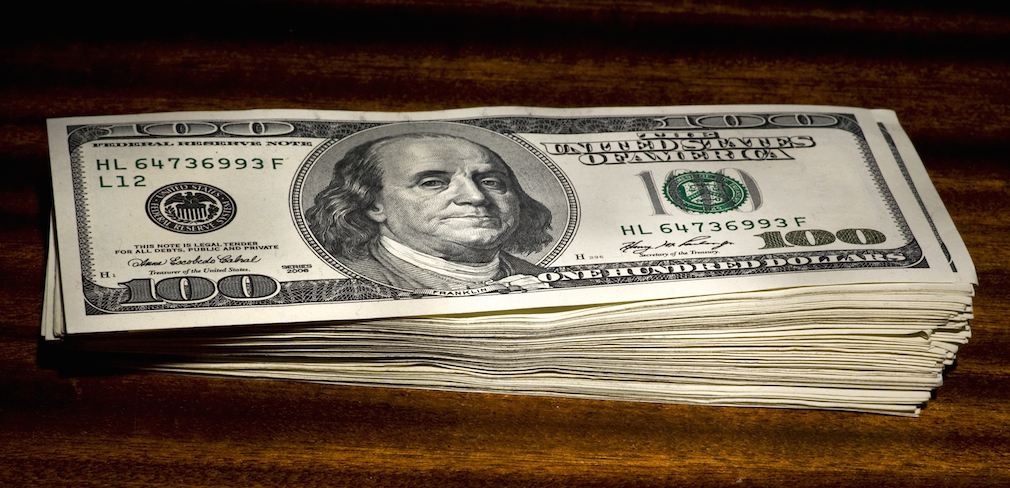Homeowners truly are flooding into real estate as yet another index points to a strong housing market, and very healthy economy.
The U.S. Census Bureau and the U.S. Department of Housing and Urban Development report sales of new single-family houses in November 2017 were at a seasonally adjusted annual rate of 733,000.
This is 17.5% above the revised October rate of 624,000 homes sold and 26.6% above the November 2016 estimate of 579,000.
Further, the median sales price of new houses sold in November 2017 was $318,700. The average sales price was $377,100. This is down from October, which was $319,600 and $394,700, respectively.
Analysts at S&P called the sales numbers the “highest level in a decade.”
Existing home sales also increased for the third straight month to their highest point in more than a decade, according to the latest report from the National Association of Realtors.
While this is good news for the market, there may be a bigger, better knock-on effect for the national economy if this keeps up.
"Don't forget, housing's contribution to GDP is way, way below historical levels. If 2018 is the year homebuilding finally breaks out, it will have an outsized effect on GDP growth," said Brent Nyitray, director of capital markets at iServe Residential Lending, in an email this morning. "Labor shortages might be the bottleneck, but as wages rise, they attract new workers so that state of affairs doesn't last long. Swinging a hammer pays a lot more than slinging burgers."
While a recent US Economic Outlook from Capital Economics does not mention housing specifically, the economist there say the economy in 2018 “as good as it gets.”
Here’s their summary of economic expectations:
"It is hard to see how the U.S. economy could have a bad year in 2018. GDP growth has been gaining momentum in 2017, the global economy is experiencing a strong synchronised upswing, borrowing costs remain low, the dollar has been trending lower and, despite the low unemployment rate, inflation and wage growth have not picked up. Now Congress is about to add fiscal stimulus to that already considerable list of positive factors. While GDP growth should be a healthy 2.5% in 2018, however, we anticipate a cyclical slowdown to only 1.7% in 2019, as the boost from the fiscal stimulus wanes and the cumulative monetary tightening begins to bite."






